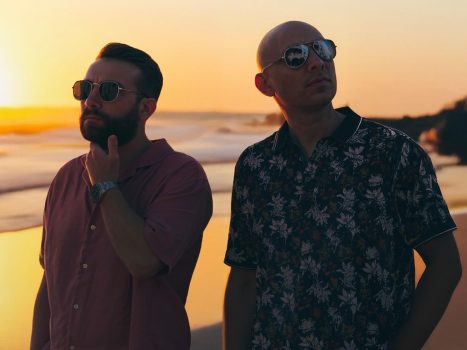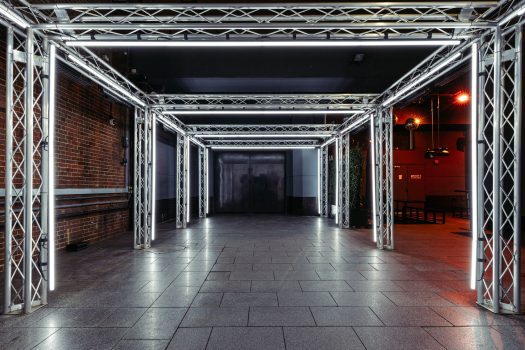
Judy Garland’s status as a gay icon is a fascinating story woven with threads of her life, career, and the socio-political context of the 20th century. Understanding why Garland holds such a revered place in LGBTQ+ culture involves exploring her personal and professional journey and the significant historical events that intersected with her legacy.
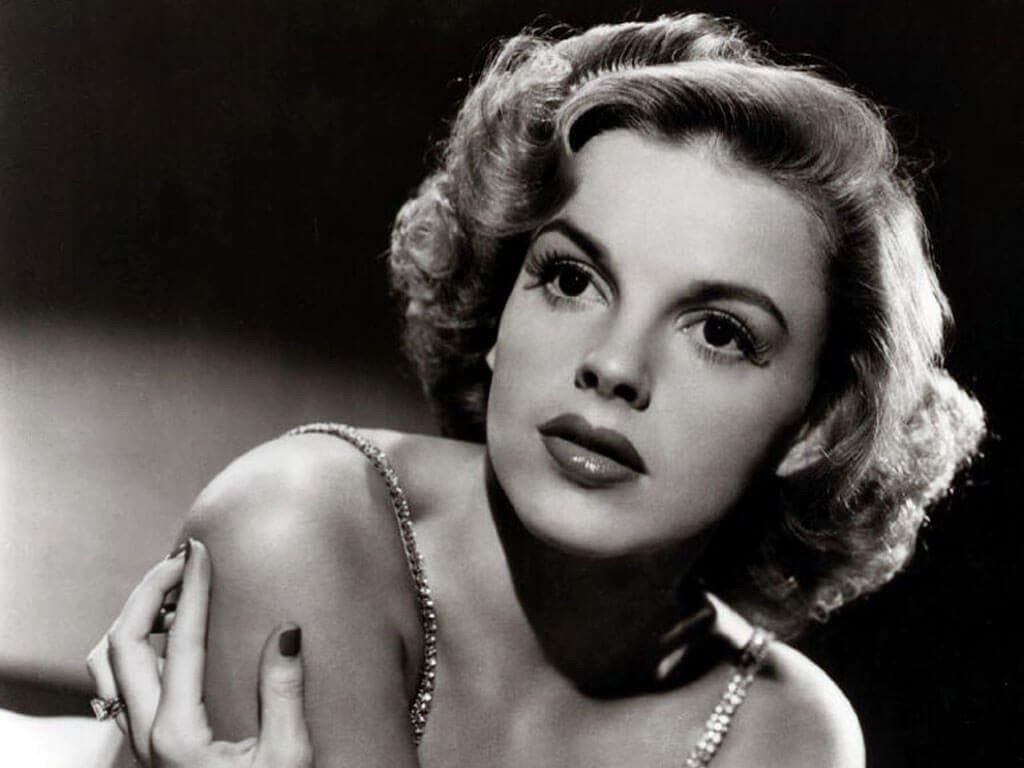
The Rise of a Star
Judy Garland, born Frances Ethel Gumm on June 10, 1922, was an American actress, singer, and dancer whose career spanned over four decades. Her rise to fame began in the 1930s when she was signed by Metro-Goldwyn-Mayer (MGM) at a young age. Garland’s breakout role came in 1939 with “The Wizard of Oz,” where her portrayal of Dorothy and rendition of “Over the Rainbow” cemented her place in Hollywood history.
The Connection with the LGBTQ+ Community
Several factors contribute to Garland’s iconic status within the gay community. Her struggles with addiction, mental health, and the pressures of fame created a persona that many LGBTQ+ individuals found relatable. During a time when being openly gay was socially unacceptable and often dangerous, Garland’s public battles symbolized resilience and defiance against overwhelming odds.
- Identification with Struggle and Resilience: Garland’s personal challenges mirrored the struggles faced by many LGBTQ+ individuals. Her emotional depth and vulnerability in her performances and life resonated with those who experienced marginalization and adversity.
- Camp Aesthetic: Garland’s theatricality, dramatic flair, and larger-than-life performances fit perfectly into the camp aesthetic, which was celebrated and embraced by the gay community. Camp, characterized by an exaggerated and extravagant style, found a natural embodiment in Garland’s persona.
- “Friends of Dorothy”: The phrase “Friend of Dorothy” became a euphemism for being gay, stemming from Garland’s character in “The Wizard of Oz.” This code phrase was used discreetly within the community, further entwining Garland with LGBTQ+ culture.
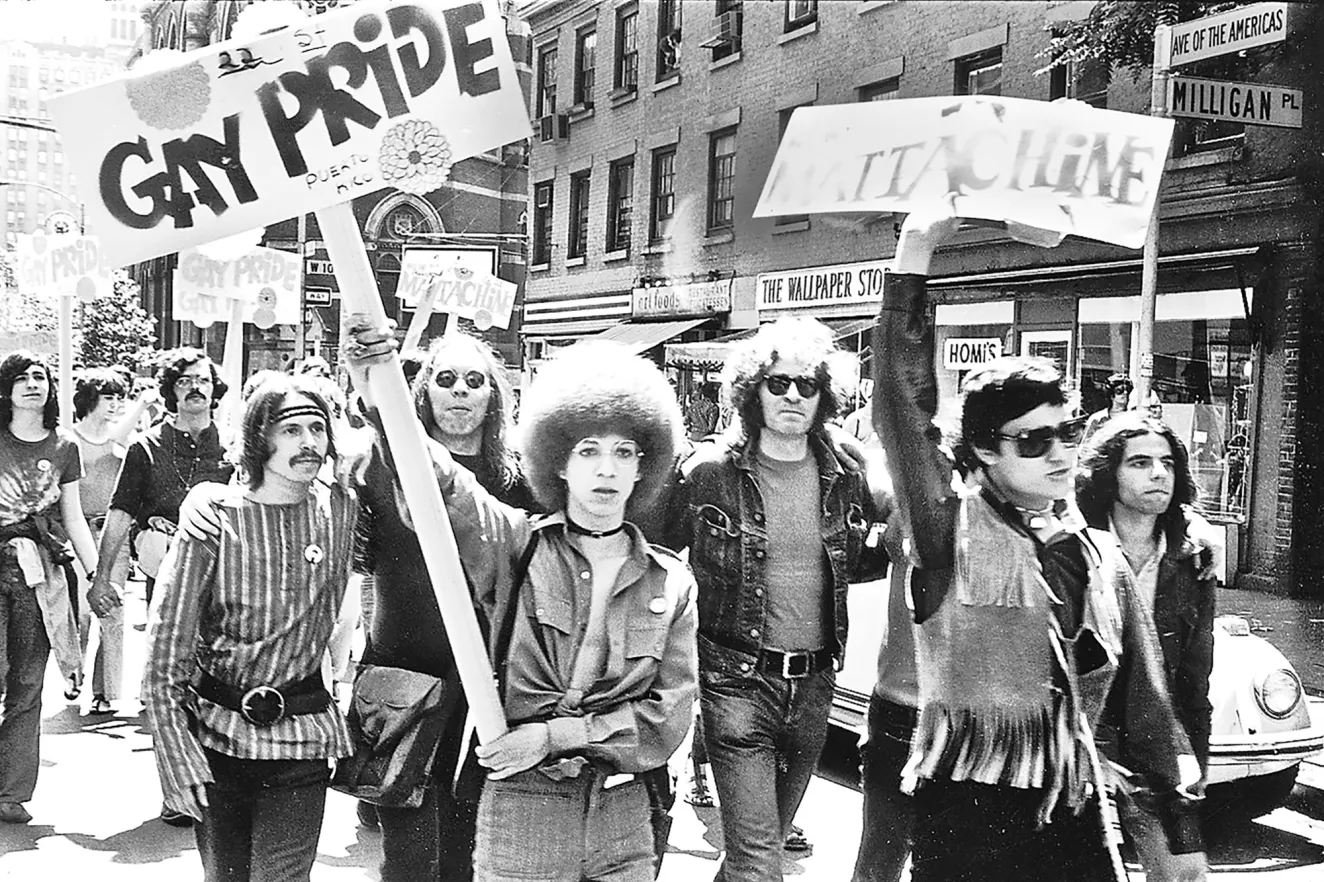
The Stonewall Riots and Garland's Funeral
The Stonewall Riots, a pivotal event in the LGBTQ+ rights movement, have an intriguing and poignant connection to Judy Garland. On June 27, 1969, Garland’s funeral occurred in New York City. Thousands of her fans, many of whom were gay, mourned her passing at the Frank E. Campbell Funeral Chapel.
That same night, the Stonewall Inn, a popular gay bar in Greenwich Village, was raided by the police—a common occurrence at the time due to discriminatory laws against homosexuality.
However, this raid was different.
The grief over Garland’s death, combined with long-standing frustration over police brutality and societal oppression, ignited a spontaneous and fierce resistance. The patrons of Stonewall, joined by others from the neighborhood, fought back against the police in what became a series of protests and clashes that lasted several days.
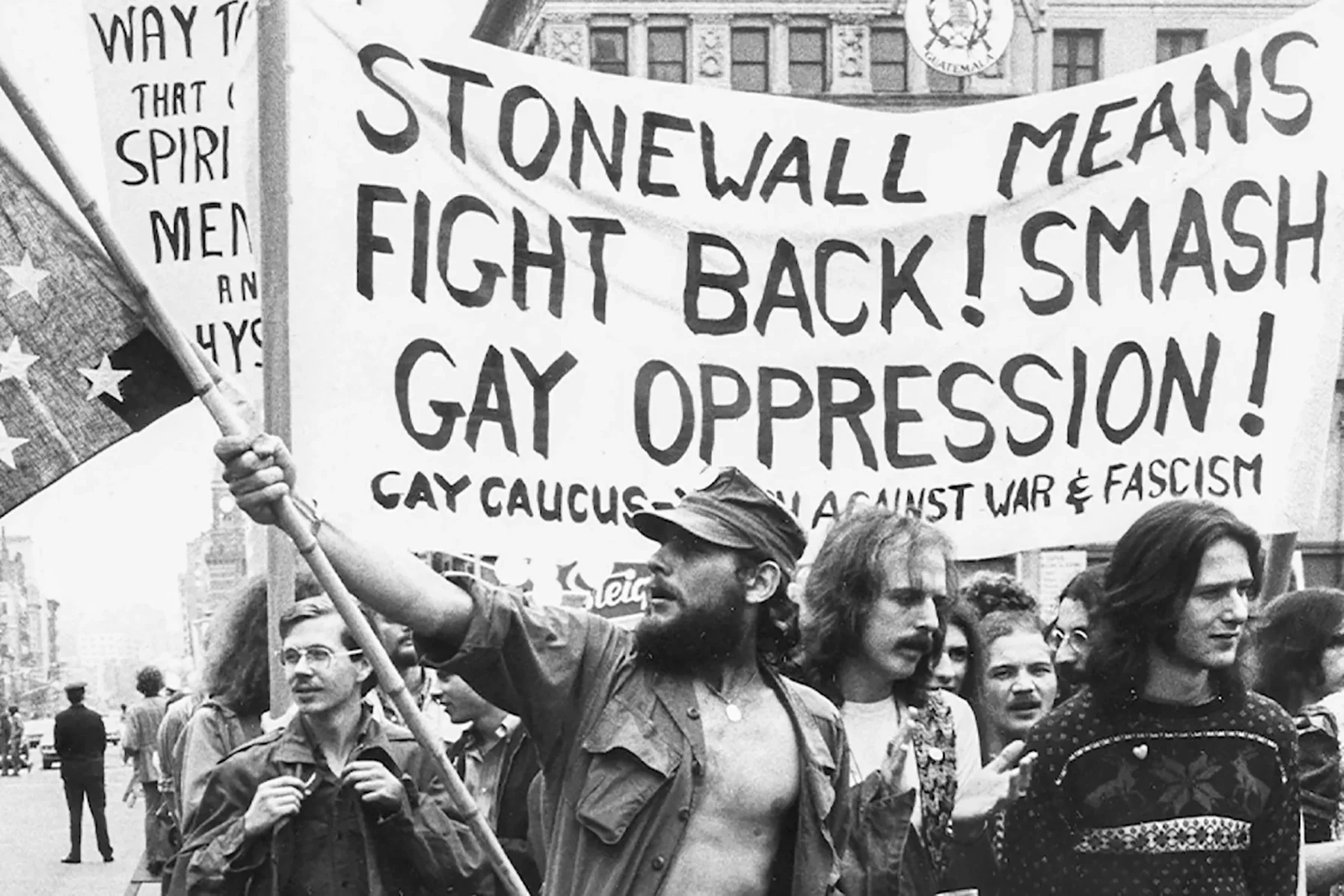
These events, now known as the Stonewall Riots, marked the beginning of the modern LGBTQ+ rights movement. While it is a simplification to credit Garland’s funeral as the sole catalyst for the riots, the timing and emotional atmosphere undeniably played a role in the intensity and fervor of the protests. Garland’s death symbolized the end of an era for many, and the subsequent uprising at Stonewall signified the birth of a new one—a fight for visibility, rights, and acceptance.
Garland's Enduring Legacy
Judy Garland’s influence continues to be celebrated in LGBTQ+ culture through tributes, drag performances, and the enduring popularity of her music and films. Her story is a testament to how a cultural icon can rise above their own lifetime to symbolize resilience, hope, and the continuing fight for equality.



